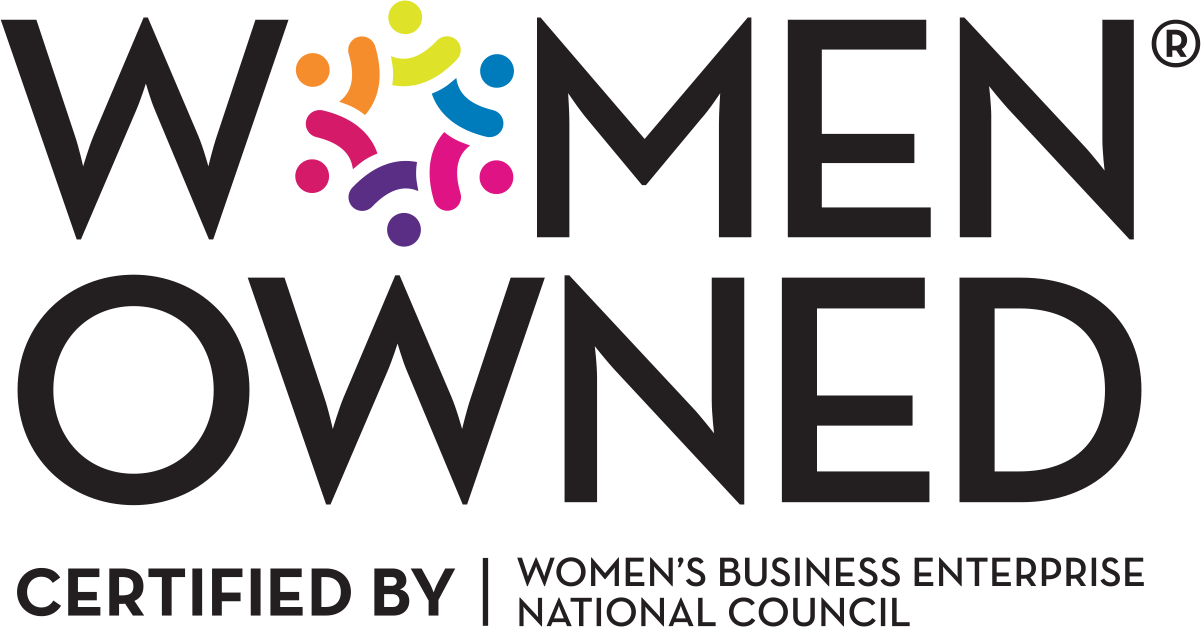Forget what you’ve been told about the “so-called” advantages of keyword strategy. For many organizations, the ever-evolving world of SEO is turning keywords into a giant marketing black hole — where time and money goes in, but the returns don’t often materialize. Google and other search sites continue to make changes to their algorithms that neutralize many SEO enhancement efforts. And believe me, people have made good money trying to outsmart Google or jam keywords into their sites to take advantage of how Google reads content.
That said, there are still places where keywords do matter from an SEO standpoint — in page titles and URLs to name a few. But, if you subscribe to the SEO mindset that we use at Envoy, “building good, strong, usable content on a regular basis is the best content strategy you can have”, then the process of building a keyword map and strategy is almost as valuable from a marketing perspective as the keywords themselves. Building a keyword map is the first step in a successful content development strategy.
How to Build Your Keyword Map and Strategy
The best way to begin is to sit down with your team. Review the content on your site and start to whittle down your keywords and evergreen topics.
• Write down all the words and phrases that someone might use to find your company or the words and phrases you want people to use to find your company.
• Include the words and phrases in your branding and key messaging.
• Identify several evergreen topics based on your existing site content and content strategy. For example, if my company is Growing UP Kiddy Care Academy, I may have content in my content strategy about Separation Anxiety and How to Handle Daycare Drop Off. This topic will never change for my business. As I find new tips and tricks for this, I will add to the depth of content on my site, but the topic will remain consistent for me.
• Conduct keyword research using the information above and analyze each of these based on popularity and search volume, the amount of content you currently have available, the amount of good content you could build on this topic and current searches to your site for these topics and other related phrases that may have higher popularity. Make sure your research is applicable to your service area. If you do not offer services nationwide, your research should not be based on national research.
• Make sure you look at alternatives to phrases you use so that your “internal speak” is not hindering your SEO potential. For example, if your business refers to childcare as “kiddy care” you don’t want to limit your keywords to just kiddy care. You also want to include keywords your potential customers are using to find you.
• Go back through your list and look at it very objectively. Should your content come up on the first or second page of the search results if someone puts that phrase or keyword into Google? Not could it, but should it? Because guess what, if you don’t think you SHOULD be there, Google probably won’t either. So, a good rule of thumb is that if a human thinks it is weird for your content to show up in a search based on the terms you have on your list, the search engines will as well. This can help you significantly narrow your list.
Now, all that’s left to do is organize everything by your evergreen topics or services. Include a few keywords or phrases for each and disseminate this keyword map to your entire team for regular viewing. Voila!
It’s Like Having a Content Guiding Light
All your content now has a pathway. Your company will have a platform of consistency to follow for content creation, ensuring that people are using the same words and sticking to the same base topics. This will also keep your eye on building good content. Stick to what you know. If your content does not deserve to be on the first or second page of search results, could you be using your time more effectively on something else? As I mentioned before, building good, strong, usable content on a regular basis is the best content strategy you can have. This process of building and maintaining a keyword map and strategy will help you get there and stay there. Let me know if I can help.


Recent Comments